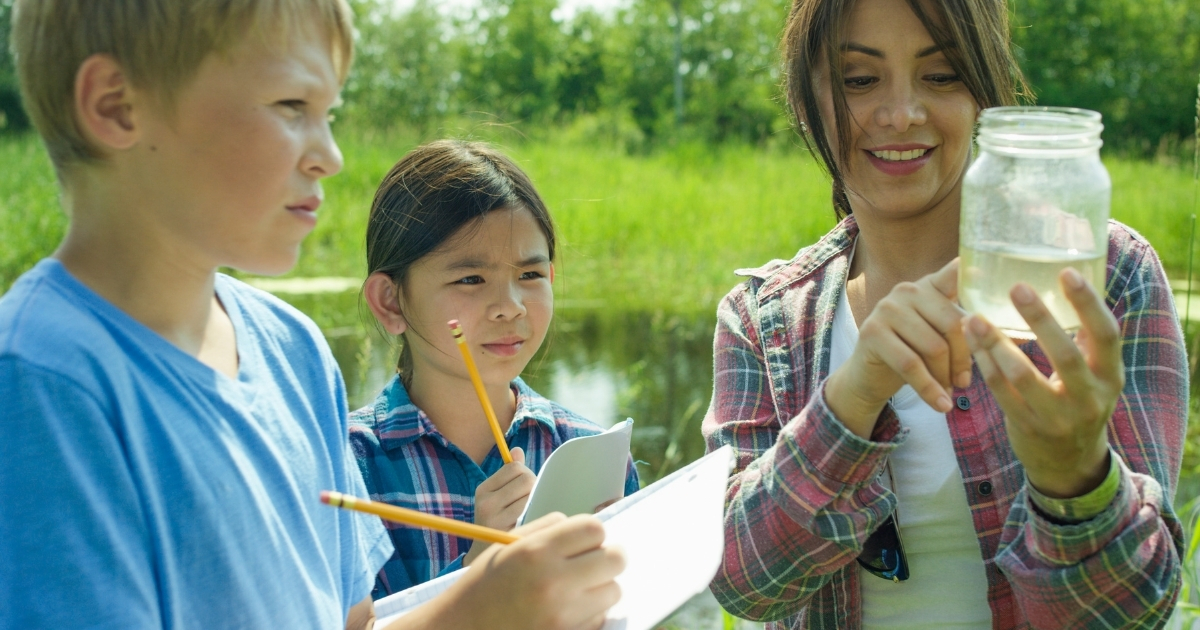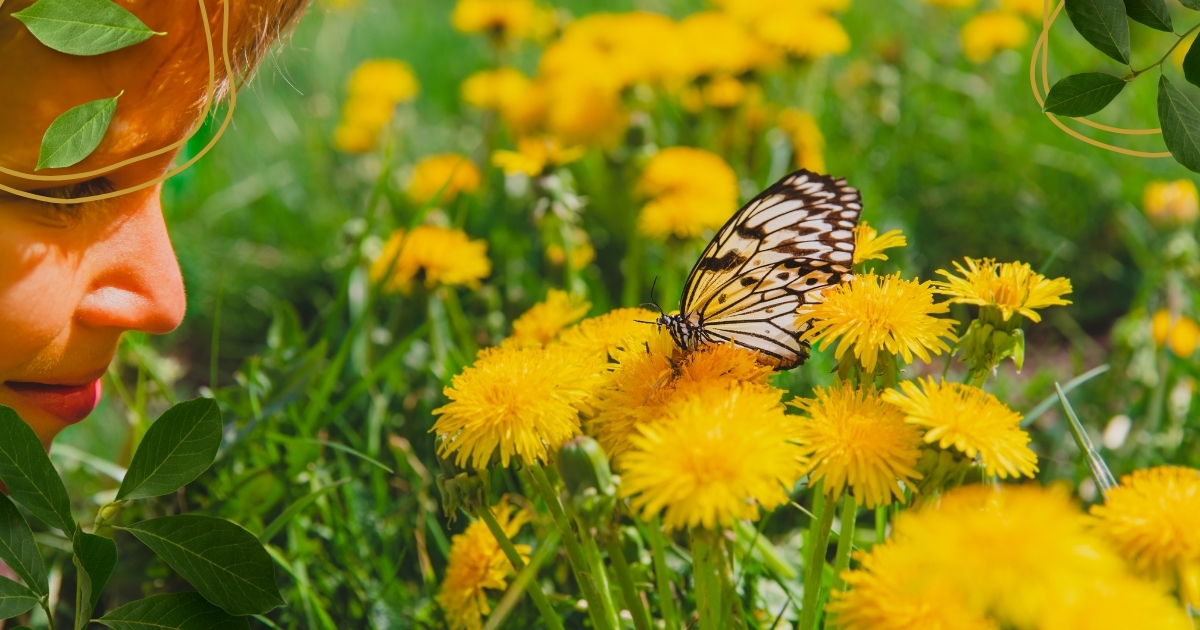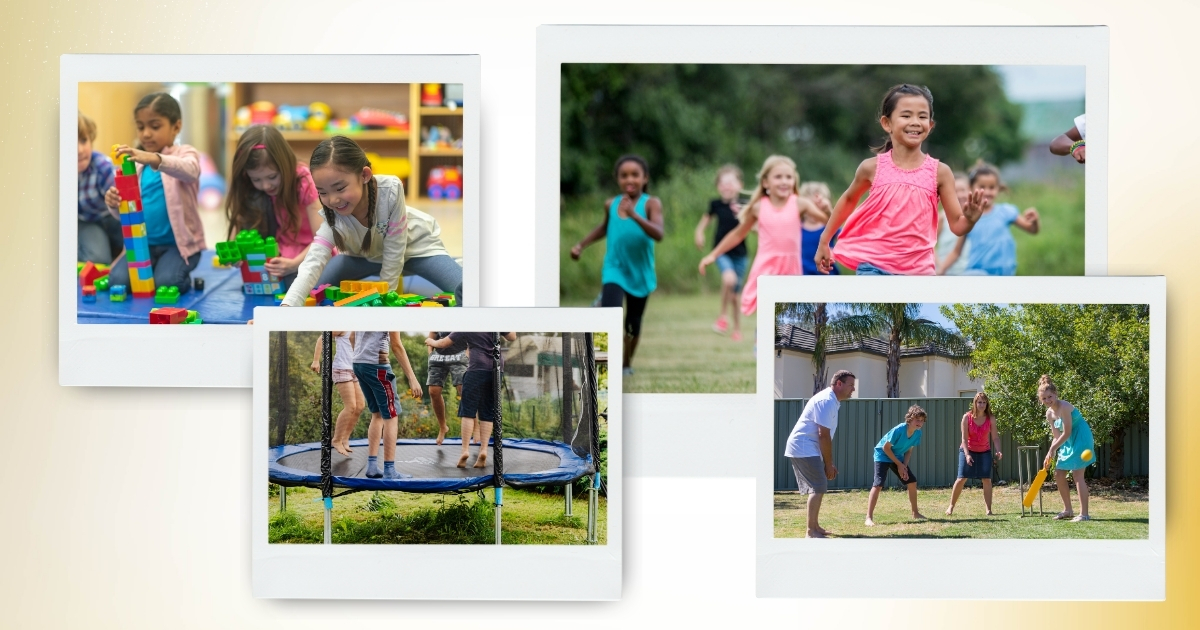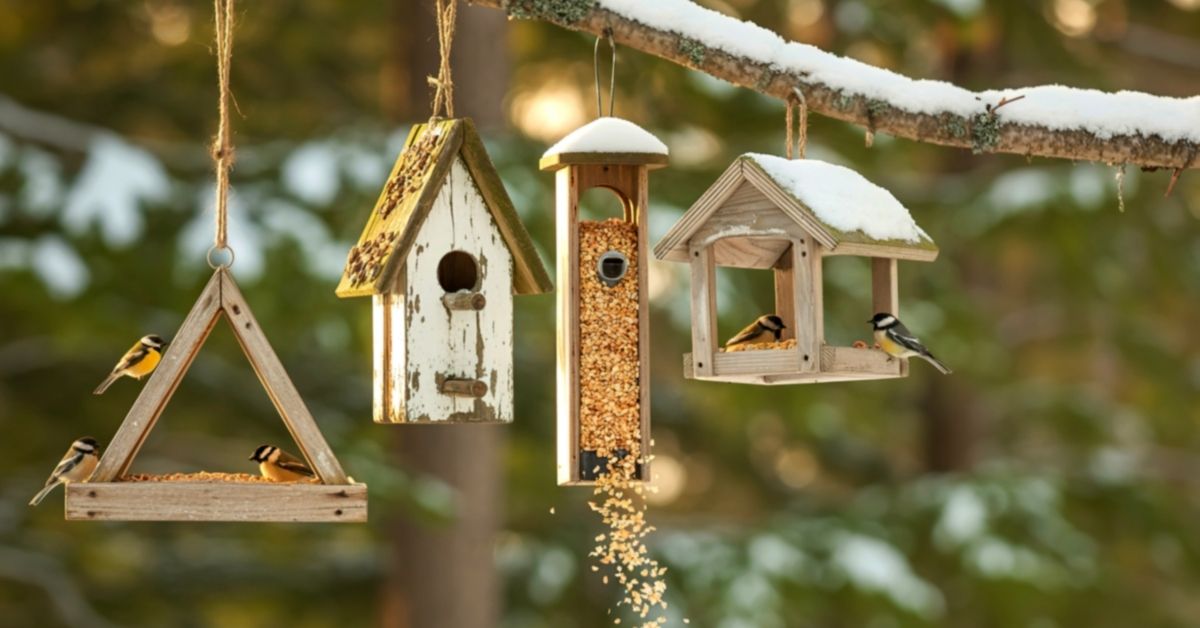Homeschooling offers incredible flexibility to tailor education to a child’s unique needs, interests, and learning pace. Incorporating outdoor learning for homeschoolers is one highly effective way to enrich their education. Nature has a lot to offer young learners, from hands-on science lessons to the development of vital life skills.
Here’s how you can make the most of outdoor learning in your homeschool routine, explore engaging nature-based activities, and leverage the benefits of an outdoor classroom.
Why Outdoor Learning Matters For Homeschoolers
Outdoor learning is more than just a break from books and screens. It promotes physical activity, sparks curiosity, and provides a sensory-rich environment where children can deepen their understanding of various subjects. Whether you’re exploring biology by studying a butterfly’s wings or learning geometry by measuring trees’ shadows, nature acts as a versatile and dynamic classroom.
Here are the key benefits of outdoor learning for homeschoolers:
- Enhanced Focus and Engagement
Spending time outdoors can reduce distractions and boost concentration. Research suggests that exposure to nature aids in cognitive functioning, which helps kids stay engaged with their lessons. - Hands-On Experience
Outdoor learning facilitates experiential education. Instead of reading about ecosystems, students engage with one directly by observing plants, insects, and wildlife. - Improved Mental and Physical Health
Nature-based education improves mental well-being by relieving stress and anxiety in children. Additionally, activities like hiking or gardening promote physical health as they involve movement and exercise. - Encourages Creativity and Problem-Solving
Open-ended exploration fosters innovative thinking. When kids are encouraged to wonder, explore, and ask questions, they naturally develop strong problem-solving skills.
Homeschoolers have the valuable opportunity to build learning schedules around outdoor adventures, giving kids the benefits of both flexibility and meaningful time in nature.

Nature-Based Homeschool Activities For Hands-On Learning
The beauty of outdoor learning is that it can be integrated across multiple subjects. Here are some creative and engaging nature-based activities you can incorporate into your homeschool curriculum:
Science Exploration Activities
- Conduct a Backyard Ecosystem Study
Teach biology by studying the ecosystem in your backyard or a local park. Have kids identify insects, plants, and trees, and encourage them to keep a nature journal for their observations. - Weather Station Project
Build a simple weather station using household items. Kids can measure rainfall, track temperature changes, and monitor wind directions, learning about meteorology firsthand. - Stream or Pond Water Study
If you have access to a nearby stream or pond, take water samples and examine them under a microscope. Discuss aquatic ecosystems and environmental conservation. - Stargazing and Astronomy Walks
Study the night sky together. Use a star chart or free apps to locate constellations, the moon phases, and planets. This can tie into lessons on astronomy and ancient navigation methods.
Art and Creativity Outdoors
- Nature-Based Art Projects
Gather leaves, rocks, and sticks to create eco-friendly artwork. Children can paint rocks, make leaf rubbings, or build small sculptures from twigs and clay. - Photography Lessons
Give your child a camera or even a smartphone and have them document plants, insects, and landscapes. This fosters observation and introduces photography skills. - Storytelling in Nature
Sit under a tree or by a creek and prompt your child to create a story inspired by their surroundings. This blends creative writing with imagination.
Math Meets the Outdoors
- Geometry in Nature
Search for geometric shapes in the environment, such as symmetrical leaves, spherical fruits, or triangular rock formations. This activity helps kids see math in the world around them. - Measuring with Nature Tools
Use sticks or shadows to measure heights, calculate distances, or even estimate time. Build lessons around understanding units and measurements practically. - Counting and Categorizing
For younger learners, turn a walk into an opportunity to count specific objects (like birds or flowers) and group them into categories for a basic introduction to data sorting.
Social Studies and History Outdoors
- Outdoor Map Skills
Create treasure hunts using maps and compasses to teach navigation and geography. - Local Plant Lore
Research the indigenous plants in your area and explore the historical uses of each—for food, medicine, or building. This connects nature to history and culture. - Archaeology in the Sandbox
Set up a “dig site” in your yard. Hide small items or toys, and have children use tools to excavate and examine what they find.
These activities not only make subjects enjoyable but also leave lasting impressions on young learners.
How Nature Fosters Personal Growth And Life Skills
Outdoor learning fosters not only academic growth but also personal development and essential life skills. One of the less-discussed but equally important benefits of nature-based learning is how it helps children build confidence, resilience, and independence.
When kids are allowed to explore their environment, they begin to assess risks in a safe way. For instance, climbing a small tree could teach them how to test branches for strength and balance. Activities like gardening allow them to take responsibility for their plants by providing water, sunlight, and care, which can build patience and accountability.
Additionally, group outdoor projects like planting a community pollinator garden or participating in a local park clean-up teach teamwork and collaboration. Nature is a perfect backdrop to practice problem-solving, whether it is figuring out how to build a shelter during a wilderness survival lesson or deciding how to organize items in a scavenger hunt.
Time outdoors also plays a big role in emotional well-being. Studies show that direct contact with nature reduces stress and boosts mood. This means your child is not just learning academically but is also developing emotional intelligence by navigating feelings in a calming environment.
Tips For Integrating Outdoor Learning Into Your Weekly Routine
Making outdoor education part of your homeschool schedule doesn’t have to be complicated. With a little planning, you can fit nature-based learning into any subject and create exciting, memorable lessons. Here are some tips to help you get started:
- Start Small
Dedicate one day a week to outdoor learning. Begin with simple activities like nature walks, observation journals, or gardening. - Blend Subjects
Plan lessons that cover multiple subjects in one outing. For example, a trip to the park could include science (birds and plants), math (measuring tree heights), and art (sketching landscapes). - Follow the Seasons
Tailor activities to the changing seasons. Study snowflakes in winter, watch bird migrations in spring, or learn about photosynthesis during the fall foliage. - Pack a Toolkit
Create an “outdoor learning kit” with some essentials like notebooks, magnifying glasses, field guides, binoculars, a compass, and basic craft supplies. - Leverage Local Resources
Libraries, nature centers, or parks often have free or low-cost programs designed to help families explore nature together. These can enhance your homeschool experience. - Encourage Free Exploration
While lessons are valuable, unstructured free play outdoors is just as important. Encourage children to imagine, build, and explore without set rules or outcomes. - Document the Day
At the end of each outdoor experience, ask your child to draw, write, or photograph their favorite part of the day. This builds reflection and reinforces what they learned.
Outdoor education doesn’t require expensive equipment or grand adventures. The key is consistency and a willingness to explore, even in small ways, the natural wonders that surround us.
By integrating outdoor learning into your homeschooling plans, you offer your children the opportunity to connect with their environment, enrich their education, and develop skills for lifelong success. Nature isn’t just a place to visit; it’s a vibrant, interactive classroom waiting to inspire young minds.





